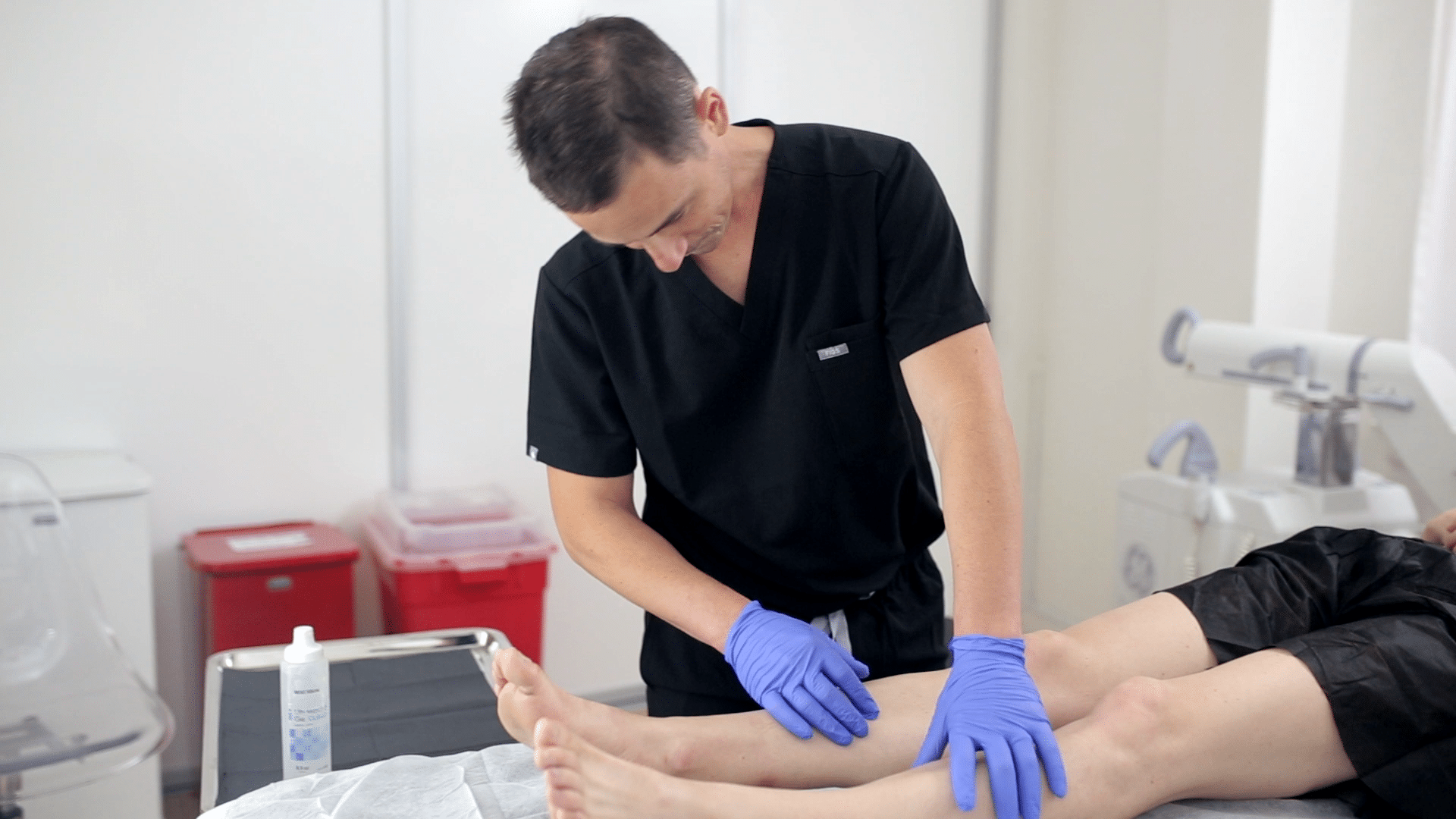Uncomfortable vein conditions can interfere with our regular lives. Fortunately, vein clinics are experts at identifying and treating these problems. But how do they diagnose the issue before making a therapeutic recommendation? and What is a vein center?
What Are The Steps Vein Centers use To Assess And Diagnose Vein Conditions?
The following are the steps in diagnosing and treating venous diseases:
Complete Patient Evaluation
A thorough patient evaluation is the first step in diagnosing and rating venous problems. A skilled healthcare practitioner, sometimes a vein specialist, will sit down with you at a vein facility and inquire about your medical history, any symptoms you may be having, and any potential concerns you may have. This information aids the specialist in comprehending your particular scenario and creating a tailored strategy for your vein health.

Physical Examination
A physical examination will follow the healthcare provider's review of your medical history. They will closely inspect the afflicted areas in search of indications of vein disorders such as varicose veins, spider veins, or edema. The examination is harmless and aids the professional in understanding potential vein-related issues.
Duplex Ultrasound
Duplex ultrasonography is an essential technique for identifying venous problems. Sound waves are used in this non-invasive imaging procedure to produce images of your veins and blood flow. The duplex ultrasound enables the specialist to spot any vein anomalies, including blood clots, valve problems, and broken vessels. To choose the best course of treatment, this knowledge is essential.
Ankle-Brachial Index (Abi) Test
Ankle-Brachial Index (ABI) testing may be done by an expert on patients who have leg pain or cramps. The ABI test measures the blood flow in your legs by comparing the pressure in your arms and ankles. Abnormal readings may point to possible obstructions or circulation issues that require additional examination.
Additional Diagnostic Tests (If Necessary)
In rare circumstances, additional diagnostic tests may be required to determine the entire extent of the vein issue. These extra examinations can involve venography, a venous reflux examination, or an MRV. The professional will go over these possibilities with you and justify their necessity for the most precise diagnosis.

Diagnosis And Treatment Plan
After gathering all the relevant data, the expert will perform a thorough analysis and provide a conclusive diagnosis. They will clearly communicate their findings to you so that you are aware of your vein condition and your options for therapy. The doctor will suggest the best course of treatment to meet your unique needs based on the diagnosis.
Wrapping It Up
Vein centers are essential in diagnosing and evaluating vein diseases, assisting people in improving their vein health, and finding relief from pain. A thorough patient evaluation, a physical examination, a duplex ultrasound, and potentially an ABI test or further diagnostic tests are all steps in the process of diagnosis and assessment. What is a vein specialist called? Vein specialists can effectively evaluate vein issues and create a specific treatment plan using this step-by-step process. You can improve the health of your veins and have a better quality of life by consulting with vein centers and heeding their advice. Keep in mind that prompt diagnosis and therapy can significantly improve the management of venous diseases.